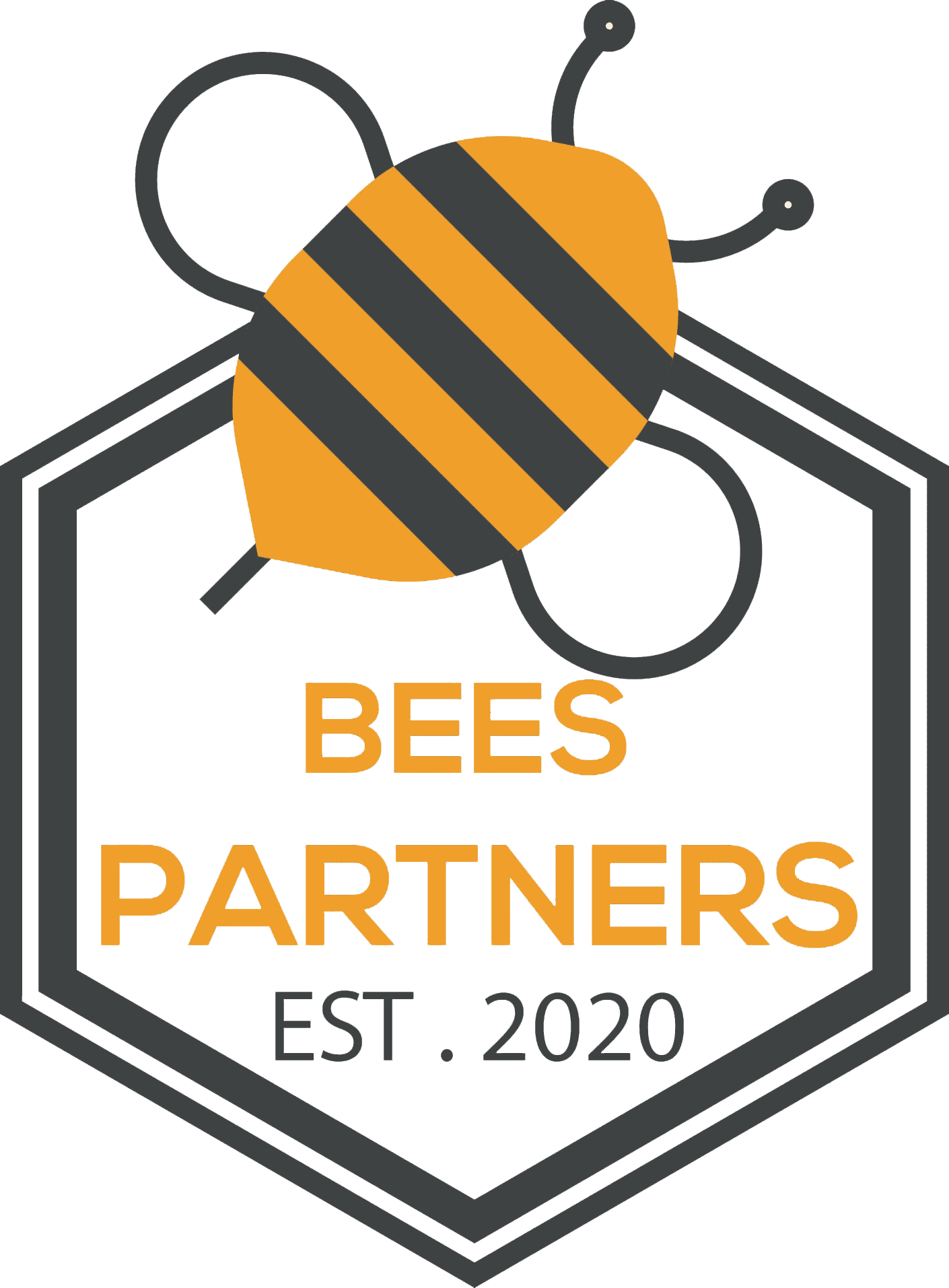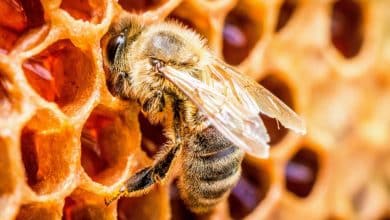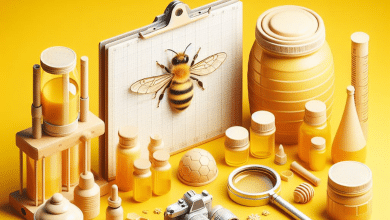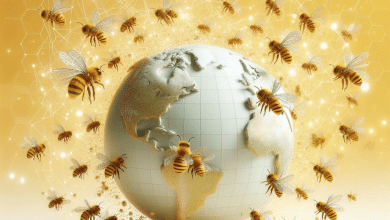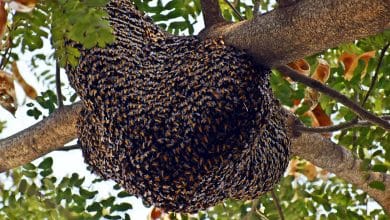What should you know about Examining the hive Process
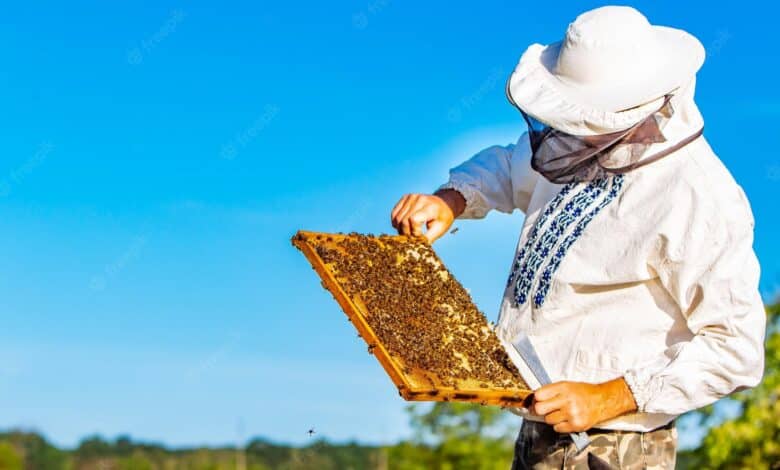
Examining the hive

The thing that you should know about Examining the hive is that Never work in the front of the hive where you will be in the bees’ flight path. Always work on the side. Bees dislike flying route impediments, especially those that are close to the hive entrance. Place the smoker’s nozzle at the hive’s entrance and blow through the bellows five or six times to ensure that smoke is being directed adequately into the hive. Before opening the hive, give it a minute. This will give the smoke time to circulate throughout the hive, encouraging bees to devour honey. At the entry, exhale just a couple more times. Put a few puffs of smoke under the lid and remove it. Remove the hive mat and set it on the tipped cover close to the front of the hive with a few extra puffs. Put the smoker in the fire bucket safely and within easy reach.
Ideal conditions for examining the hive

Examining the hive process beginners should open hives when the bees are feeding cheerfully. When it is 16°C or above, the cloud cover is less than 7/10, it is not raining, the wind is reasonably light, and the bees are gathering pollen and nectar, conditions are often favorable for foraging.
Read also The interesting tour inside the beehive: what can we see in the bee colony
These circumstances don’t often exist all at once, but when they do, beginners can work bees. It is advised that you go between mid-morning and mid-afternoon. In spring and autumn, this time frame avoids the chilly part of the early morning and the drop in temperature that follows mid-afternoon. In certain seasons, a decrease in the amount of pollen and nectar is occasionally observed in the later part of the day. The bees will then become a little more aggressive, signaling that you should stop hive handling for the day.
The beekeeper will typically be able to complete the hive inspection if they pay attention to wearing suitable protective clothing and using smoke properly because working with bees is not always possible in perfect circumstances. There should be little to no need to open a hive during the chilly winter months because of the potential negative impact on the colony.
Safety and beekeeping operations after Examining the hive

To go to their apiary or to look for suitable flora and apiary sites, many beekeepers travel great distances. They frequently do their work alone in lonely places. For their own health and wellness, beekeepers should be mindful of the following. After a time of arduous work in the apiary, lengthy journeys may take place. Beekeepers are urged to take power naps, take breaks every two hours, or even stay overnight before starting a long journey home.
Take special care when working with bees on hot days.
Working in beehives while wearing protective clothing and in direct sunshine can quickly lead to overheating and dehydration in people. Make sure you have a lot of chilled liquids on hand for frequent hydration. Know the early warning signs of heat exhaustion and dehydration. Even better, it’s recommended to stay away from working bees on really hot days and in the warmest part of the summer day. Both the bees and you will benefit from this. In the course of their beekeeping activities, beekeepers raise supers and complete hives. When fully loaded with honey, an 8-frame super may weigh about 32 kg. Beekeepers are urged to utilize mechanical lifting equipment and proper manual handling practices while transferring hives to prevent back injuries. Both beekeeping periodicals and supply stores that sell beekeeping supplies can provide information on appropriate lifting equipment.
